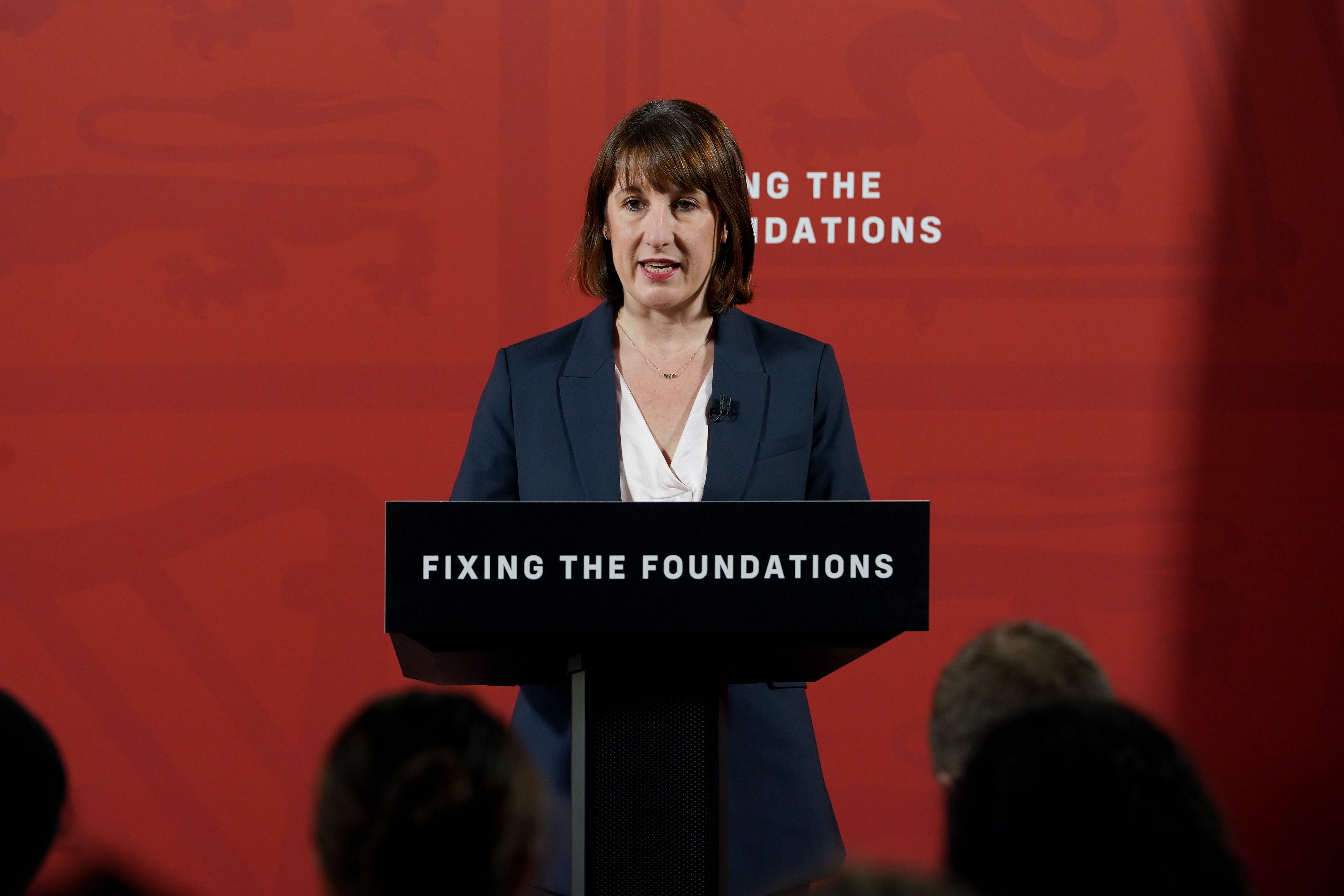New figures show UK economic growth weaker than first thought
The UK economy continued its recovery from recession at the end of last year

Your support helps us to tell the story
From reproductive rights to climate change to Big Tech, The Independent is on the ground when the story is developing. Whether it's investigating the financials of Elon Musk's pro-Trump PAC or producing our latest documentary, 'The A Word', which shines a light on the American women fighting for reproductive rights, we know how important it is to parse out the facts from the messaging.
At such a critical moment in US history, we need reporters on the ground. Your donation allows us to keep sending journalists to speak to both sides of the story.
The Independent is trusted by Americans across the entire political spectrum. And unlike many other quality news outlets, we choose not to lock Americans out of our reporting and analysis with paywalls. We believe quality journalism should be available to everyone, paid for by those who can afford it.
Your support makes all the difference.Growth across the UK economy was weaker than previously thought over the spring, according to official figures.
The Office for National Statistics (ONS) said gross domestic product (GDP) increased by 0.5% between April and June, revised down from an initial estimate of 0.6%.
Growth was driven by an increase in the services sector, while the manufacturing and construction industries industry dragged on the headline figure, the ONS said.
The figures show that the UK economy continued its recovery from recession at the end of last year, albeit at a slightly slower pace than previously thought.
A technical recession is defined as two consecutive quarters of negative growth.

GDP increased by 0.7% over the first quarter, between January and March, unrevised figures showed, marking the end of the shallow recessionary period.
Meanwhile, the ONS said that GDP across 2023 is now estimated to have increased by 0.3%, up from the first estimate of 0.1%.
Stronger income data, including pay for employees and profits of businesses, helped boost the overall figure.
Liz McKeown, director of economic statistics for the ONS, said: “Today’s updated GDP figures for 2023 and 2024 include new annual survey data, VAT returns and updated information about the relative size of each industry for the first time.
“However, after taking on these improvements, the quarterly growth path across the last 18 months is virtually unchanged.
“Our latest data show that household savings continue to increase and are now at their highest rate since the Covid-19 lockdowns.”
The household saving ratio is estimated at 10% in the latest quarter, up from 8.9% over the start of the year, meaning people were keeping more of their disposable income locked into savings.
More recent data shows that the economy has been flatlining, with no growth recorded in both June and July.
It prompted Chancellor Rachel Reeves to say she was “under no illusion about the scale of the challenge” the country faces, and that “change will not happen overnight”.
“Two quarters of positive economic growth does not make up for 14 years of stagnation,” she added.